Aster (Asteraceae)
Prairie Coneflower
Ratibida columnifera (Nutt.) Woot. & Standl.This colourful prairie perennial provides nectar for pollinators like butterflies and bees. It is commonly called Mexican Hat, due to its sombrero-shaped flower heads. In moist, fertile soils, these plants do not compete well with those that are taller and more aggressive. They spread to new areas by self-seeding. Although the strong scent of their foliage repels deer, leaves can be used to make tea, and plants have other medicinal uses.
Flower Colour:
- Yellow
Flowering Season:
- Summer
- Fall
Flowering Months:
- August
- July
- June
- September
Canadian Rarity Status:
Not rare. Listed as “exotic” in Ontario.
Physical Appearance:
The sometimes-branching stems grow 30-50 cm. Leaves are alternate, commonly irregular, and divided into 5-11 slender lobes. Flowering heads occur on long stalks at the tops of branches. Numerous disc florets are surrounded by 4-11, drooping ray florets with notched tips. Each head is backed by two whorls of small, narrow bracts. Fruits are small, oblong, achenes topped by one or two small scales.
Similar Species:
Black-eyed Susan, Common Tickseed (Coreopsis tinctoria Nutt.)
Gardening Notes:
Seeds and/or plants are typically available from greenhouses and seed supply companies specializing in native plants. Plants are a good addition to butterfly and prairie garden, and are easy to grow from seeds.
Canadian Distribution:
- Alberta
- British Columbia
- Manitoba
- Ontario
- Saskatchewan
Prairie Types:
- Fescue Prairie
- Mixed Grass Prairie
Habitats:
- Prairies
Moisture Conditions:
- Dry
Light Preference:
- Full Sun
Soil Preference:
- Clay
- Loam
- Sand






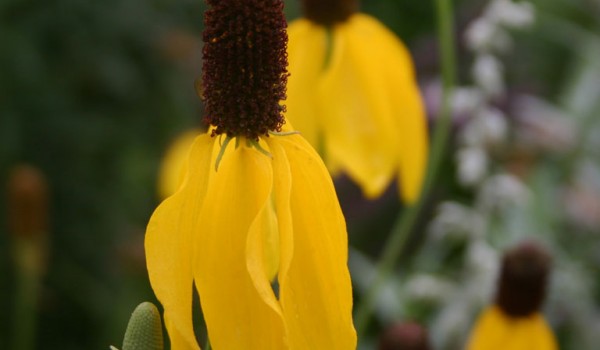
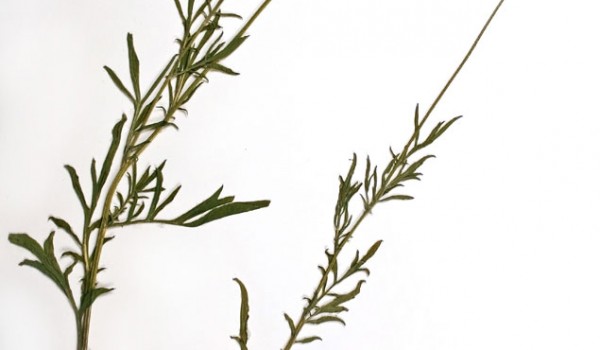
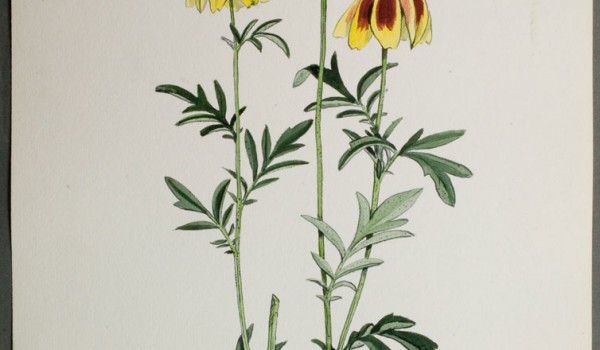
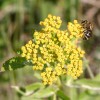 Andrenid Bees, Miner/Digger Bees (
Andrenid Bees, Miner/Digger Bees (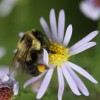 Bumble, Honey, and other Bees (
Bumble, Honey, and other Bees (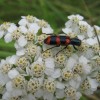 Checkered Beetles (
Checkered Beetles ( Skippers (
Skippers (